What Are the 5 Themes of Geography?

The 5 Themes of Geography
The “Five Themes of Geography” is a framework to study and understand geography.
The 5 themes of geography are:
- Location
- Place
- Movement
- Region
- Human-Environment Interaction
Altogether, they help us understand and solve problems related to geography.
1. Location
Location is the first theme of geography and refers to where a place is on the Earth’s surface. There are two aspects of location:

Absolute Location: To specify a place, you often use latitude and longitude to find its exact coordinates. For example, the absolute location of New York City is approximately 40.7° N latitude and 74.0° W longitude.
Relative Location: This describes a place’s position in relation to other nearby places. New York City is on the northeastern coast of the United States, by the Atlantic Ocean.
One of the growing fields involving location is GIS. GIS is short for Geographic Information System and uses digital mapping to study Earth’s locations. You can use a digital map to find your house, the nearest park, or good spots for a new school.
2. Place
In geography, we study the unique characteristics of places, like their climate, landforms, culture, and people. The “place” theme in geography is all about understanding what makes different locations on Earth special and unique.
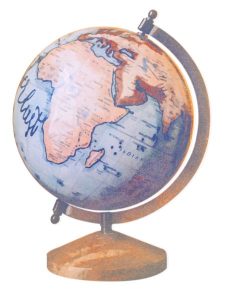
The physical characteristics of a place include its climate, topography, vegetation, and geology. Whereas human characteristics include the culture, economy, and society of a place, like language, customs, and population.
This theme is similar to the theme of “location” but focuses on the physical and human traits of a place. By exploring what makes each place special, we can better understand how they’re different from each other and how they impact our world.
3. Movement

The “movement” theme of geography focuses on the ways in which people, goods, information, and ideas move from one place to another. It also examines migration, trade, communication, and the flow of cultures and technologies across boundaries.
In geography, we study how people, things, and ideas move from one location to another to understand their “flow”. It helps us understand how goods are transported, how people travel, and how information spreads. All of these aspects are important for understanding how the world works.
4. Region
The “region” theme studies areas with shared traits that set them apart from nearby places. These common characteristics can be physical, cultural, political, or economic in nature.

Regions can be formal and defined by specific criteria, such as political boundaries. But they can also be functional based on a common function like a transportation hub. Finally, they can also be perceptual based on people’s mental maps.
In geography, we study Earth’s places and group them by similarities, like climate, language, or culture. This helps us understand how different parts of the world are similar to each other.
5. Human-Environment Interaction
The “human-environment interaction” theme examines the relationship between humans and their environment. It mainly explores how people adapt to, modify, and depend on their surroundings.

For example, it can include the impact of agriculture on a landscape. It can also study how people make buildings strong against natural disasters. Finally, it can also examine how pollution harms the environment.
In this theme of geography, we study how people impact their environment by using natural resources. Conversely, we also look at how the environment, like weather or natural disasters, can impact people’s lives.
Summary: The 5 Themes of Geography
The five themes of geography provide a framework for understanding the complexity of geography. It can help us make sense of the world including its diverse landscapes and human interactions.
The National Council for Geographic Education in the United States created these aspects of geography. Now, we use them to organize the study of geography.
Geographers, teachers, and students use the five themes of geography to study and describe different places. They also examine how these places relate to the broader context of the Earth.
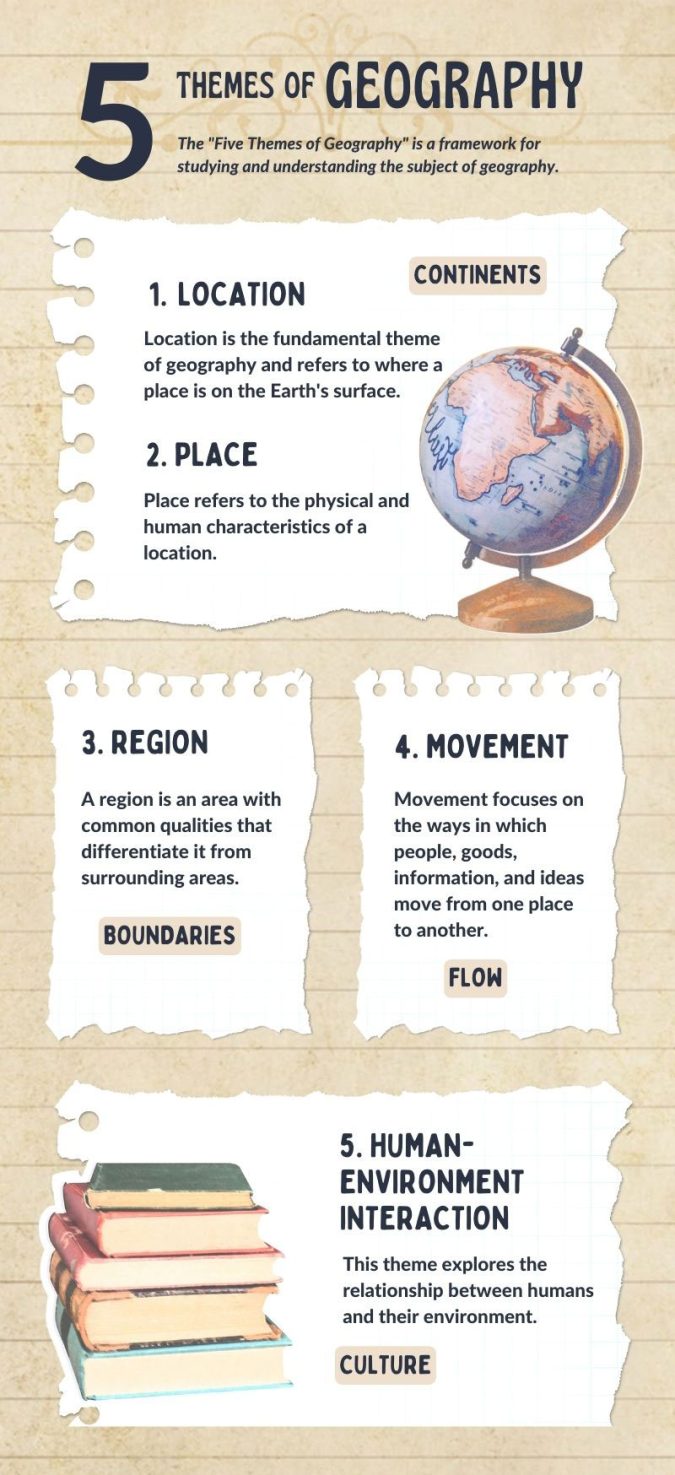





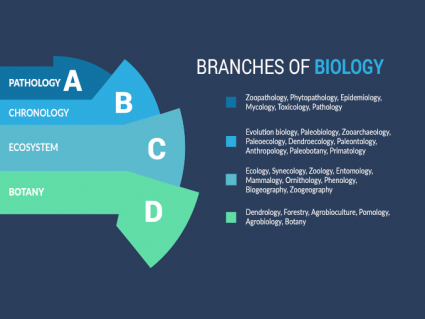

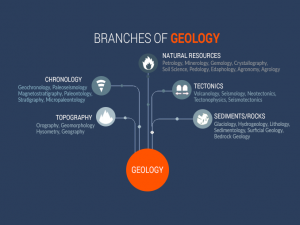



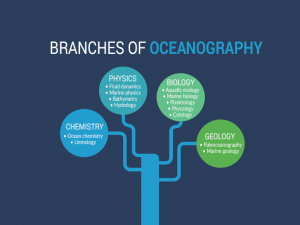



Thank you for all of my work